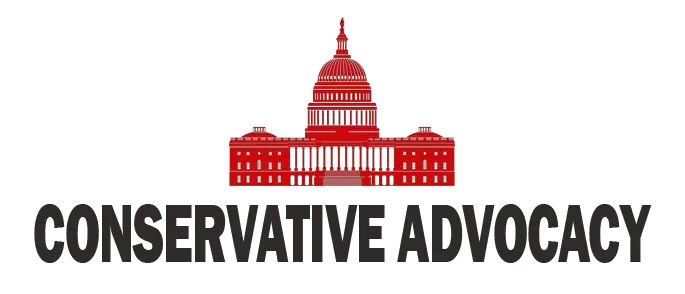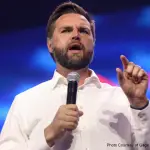President Joe Biden is attempting to take credit for the success of NATO member nations reaching the 2% defense spending target, a goal initially pushed by former President Donald Trump during his term. Trump’s pressure on NATO allies to increase their defense spending was a central part of his foreign policy platform, leading to significant progress in member nations meeting the threshold. Before Trump’s presidency, only three countries met the target, but by the end of his term, six had reached the benchmark.
While Biden praised the recent momentum at NATO’s annual summit and highlighted the increase in allied nations meeting the 2% GDP spending goal, critics, including former Trump officials and NATO’s own leadership, point out that Trump’s efforts were crucial in driving these achievements. Fred Fleitz, former Trump National Security Council chief of staff, expressed disappointment in Biden attempting to claim credit for the progress made under Trump’s administration, emphasizing that it was Trump’s pressure that spurred NATO members to fulfill their commitment.
Robert Greenway, a former Trump adviser, echoed Fleitz’s sentiments, stating that Trump made NATO defense spending a central issue and played a significant role in driving member nations to increase their contributions. Despite Biden’s attempts to take credit for the uptick in defense spending among NATO allies, it is widely acknowledged that Trump’s efforts were instrumental in pushing these countries to meet their obligations.
Remember when @JoeBiden & @TheDemocrats condemned @realDonaldTrump for his insistence that NATO countries pay their fair share?
Biden attempts to take credit for NATO defense spending successes pushed by Trump https://t.co/2SyKBW0HE9 via @JustTheNews
— Stewart Kahn (@StewartKahn) July 15, 2024
Furthermore, the rise in NATO defense spending can also be attributed to external factors such as increased Russian aggression, particularly evident in the war on Ukraine. Scholars and analysts point out that events like Russia’s invasion of Crimea and its ongoing aggressive actions have also played a role in motivating NATO members to bolster their defense capabilities. The fear of Russian President Vladimir Putin’s next moves has been a driving factor in encouraging member nations to meet their defense spending obligations.
As NATO member nations continue to work towards meeting the 2% GDP target, it is essential to acknowledge the role that both Trump’s pressure and external threats like Russian aggression have played in driving these efforts. While Biden may seek to take credit for the progress, the groundwork laid by the previous administration cannot be overlooked in shaping NATO’s defense spending landscape.




